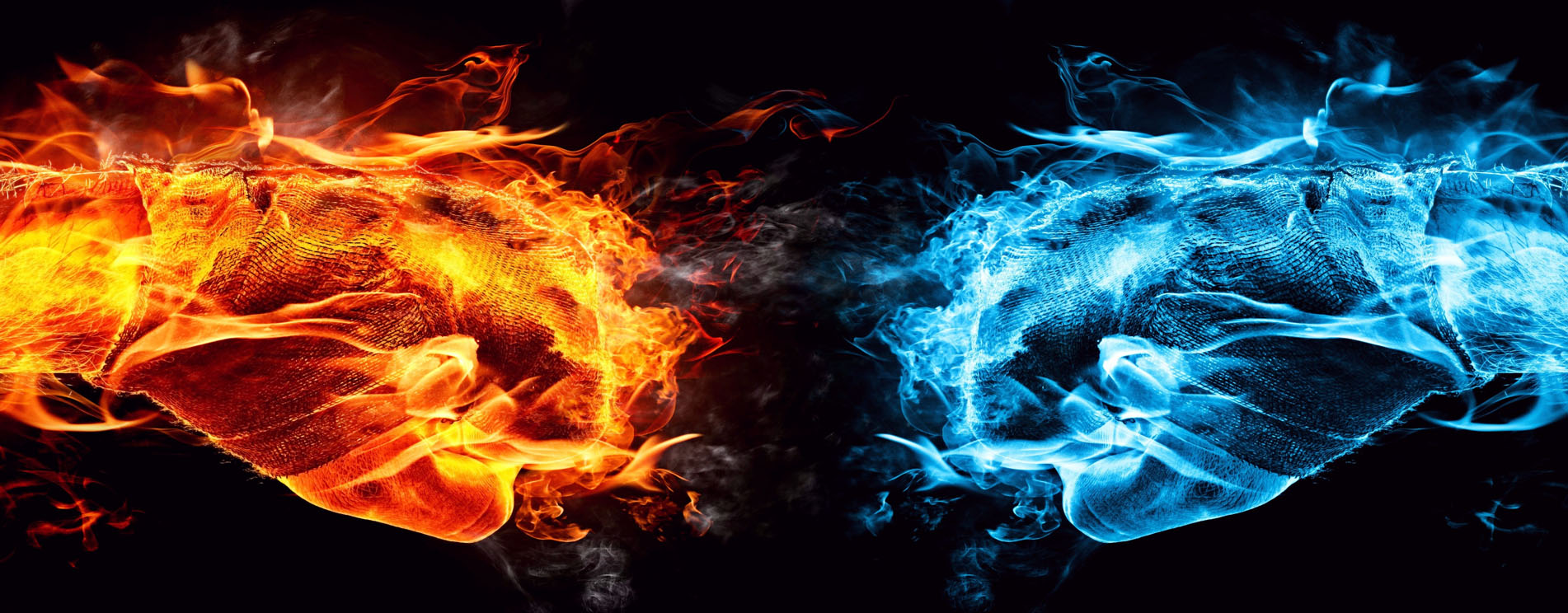

Does the question of whether to use an ICE pack or HEAT therapy for an injury leave you feeling a little confused or even worried? If so, you won’t be the only one, and here at The House Clinics Bristol we have a team of professionals that can advise you on the best course of action whether it’s a sprained ankle, sciatica, or just a tight neck or shoulders. But which therapy is the right one for you?
A very general rule of thumb to follow is to use ICE in the first 48 hours after an injury or trauma. This will reduce the blood flow to the area, decreasing any inflammation or swelling. HEAT, on the other hand, will increase the blood flow which will help to ease tight and sore muscles. Heat therapy is usually the best option when the injury has settled down after the first 48 hours. Do not apply HEAT to an area that is already warm to the touch.
Cold Therapy
So why do we suggest ICE in the first instance you may ask? Well, when we are the victim of a sudden injury such as a sprained ankle or muscle tear this is normally accompanied by bruising, swelling, and inflammation in and around the surrounding area. By applying a form of cold therapy these 3 symptoms can be reduced by constricting the blood vessels and restricting the blood flow. As you are probably aware ICE also has a numbing effect which will help to reduce the feeling of pain. Cold therapy should be used for 3-5 days following an acute injury.
Heat Therapy
When muscles become sore and stiff their ability to contract and relax reduces combined with us consciously trying to avoid movement around that joint. This will lead to reduced blood flow through those muscles and so we enter a vicious circle. I previously mentioned that ICE constricts (makes smaller) blood vessels so as you might expect heat has the opposite effect. Hot therapy promotes the dilation of the blood vessels which will allow for an increase in blood flow into the area bringing with it more oxygen and nutrients. Increased circulation will naturally relax tight muscles and help to flush out bi-products such as lactic acid that may build up.
Can I do damage?
It’s important to remember that as much as it is good to use hot and cold, and yes we encourage you to use these methods at home at aid your recovery there are some rules that you MUST abide by so that you don’t make this worse or slow the recovery process down.
If you are at all in doubt, then speak to your professional or give us a call. Even if you haven’t seen one of our Chiropractors, Physiotherapists, or Sports Therapists, we would always be happy to advise you on the best course of action over the phone, prior to coming in for treatment. Catching things early and starting the right course of treatment as soon as possible can go a long way to significantly reducing your recovery time and getting you back to full health. Don’t delay, get in contact today by calling 0117 9420200 or visit www.thehouseclinics.co.uk